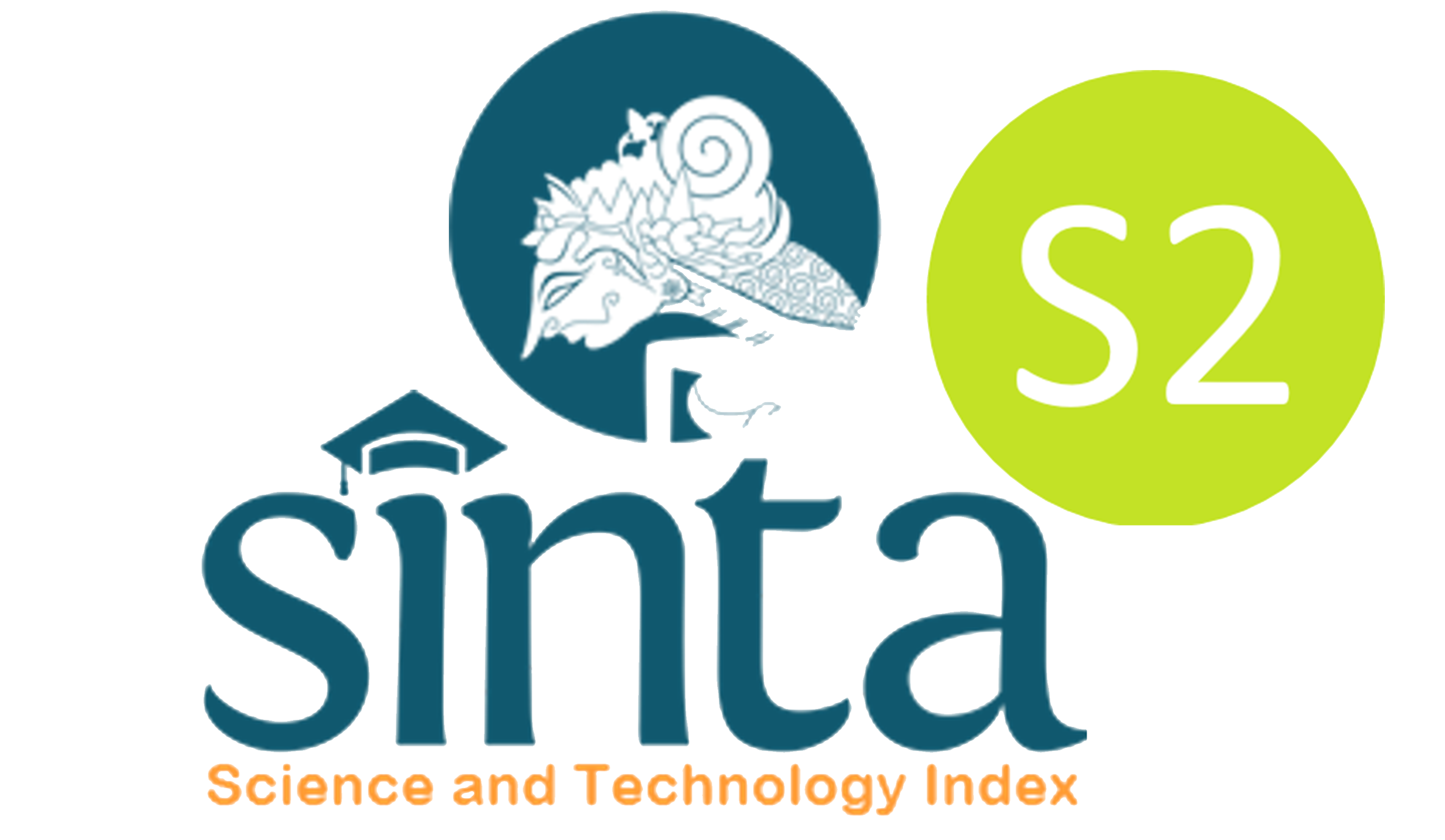Evaluation of lambung mangkurat university student academic portal using user experience questionnaire (UEQ)
Yuslena Sari(1*); Novitasari Novitasari(2); Hani Pratiwi(3);
(1) Universitas Lambung Mangkurat
(2) Universitas Lambung Mangkurat
(3) Universitas Lambung Mangkurat
(*) Corresponding Author
AbstractThe student academic portal is one of the Academic Information Systems at The University of Lambung Mangkurat (ULM). The ULM student academic portal can only be accessed by the ULM students. It can be used for academic guidance, managing student study plans, printing test cards, filling out questionnaires, and viewing exam results (assessment). However, since its release in 2016, there has been no publication regarding evaluations on the website-based ULM student academic portal. Evaluation is one of the stages in the Software Development Life Cycle (SDLC). This stage allows the user to assess the system. This study aims to evaluate the academic portal of the ULM students. Evaluation is carried out to determine the user's evaluation of the existing system. The evaluation method used is the User Experience Questionnaire (UEQ). With this method, users can assess the ULM Student Academic Portal from various aspects: Novelty, Stimulation, Dependability, Efficiency, Perspicuity, and Attractiveness. The results of this study indicate that the Perspicuity aspect gets a high score while Novelty gets a low score.
KeywordsInformation System Evaluation; Student Academic Portal; User Experience; User Experience Questionnaire (UEQ)
|
Full Text:PDF |
Article MetricsAbstract view: 551 timesPDF view: 278 times |
Digital Object Identifier https://doi.org/10.33096/ilkom.v13i1.787.45-50 https://doi.org/10.33096/ilkom.v13i1.787.45-50
|
Cite |
References
E. Utami dan S. Raharjo, Database Security Model in the Academic Information System, vol. 8, no. 3, pp. 163174, 2014.
U. L. Yuhana, Academic Information System Quality Measurement Using Quality Instrument : A Proposed Model, 2014.
D. F. Murad dan E. Fernando, Implementation of COBIT 5 Framework for Academic Information System Audit Perspective : Evaluate , Direct , and Monitor, 2018 Int. Conf. Appl. Inf. Technol. Innov., pp. 102107, 2018.
Universitas Lambung Mangkurat, Sistem Informasi Lambung Mangkurat Terintegrasi. 2016. https://simari.ulm.ac.id/. (diakses Mar 03, 2020).
A. Alshamrani dan A. Bahattab, A Comparison Between Three SDLC Models Waterfall Model, Spiral Model, and Incremental/Iterative Model, IJCSI Int. J. Comput. Sci. Issues, vol. 12, no. 1, pp. 106111, 2015.
C. Stary dan P. Eberle, Building up usability-engineering capability by improving access to automated usability evaluation, vol. 20, pp. 199211, 2008.
K. Gulzar, dkk, Fuzzy approach to Prioritize Usability Requirements Conflicts : An Experimental Evaluation, vol. 3536, no. JULY, pp. 17, 2017.
U. Rosyidah dan H. Haryanto, Usability Evaluation Using GOMS Model for Education Game Play and Learn English , 2019 Int. Semin. Appl. Technol. Inf. Commun., pp. 15, 2019.
J. Fu, Usability Evaluation of Software Store Based on Eye- Tracking Technology, pp. 1013, 2016.
A. Lodhi, Usability Heuristics as an Assessment Parameter : for performing Usability Testing, pp. 256259, 2010.
A. A. I. I. Paramitha, The Evaluation of Web Based Academic Progress Information System Using Heuristic Evaluation and User Experience Questionnaire ( UEQ ), 2018 Third Int. Conf. Informatics Comput., pp. 16, 2018.
N. Limantara, F. Jingga, dan S. Surja, The Evaluation of Business Process Simulation Software from User Experience Perspective using the User Experience Questionnaire, 2019 Int. Conf. Inf. Manag. Technol., vol. 1, no. August, pp. 261265, 2019.
U. Majid, Research Fundamentals: Study Design, Population, and Sample Size, Undergraduate Research in Natural and Clinical Science and Technology Journal., vol. 2, pp. 1-7, 2018.
Kementrian Riset, Teknologi dan Pendidikan Tinggi, Pangkalan Data Pendidikan Tinggi.. https://forlap.risetdikti.go.id/perguruantinggi/detail/. (diakses Mar 03, 2020).
N. Nurdiani, Teknik Sampling Snowball Dalam Penelitian Lapangan, ComTech Comput. Math. Eng. Appl., vol. 5, no. 9, pp. 11101118, 2014.
S. Subramaniam dan J. S. Dhillon, Assessing the Usability of a Prediabetes Self-Care Application : a Multi-Method Approach, Int. J. Eng. Technol., vol. 7, pp. 6672, 2018.
N. P. I. R. Devy, S. Wibirama, dan P. I. Santosa, Evaluating User Experience of English Learning Interface using User Experience Questionnaire and System Usability Scale, Proc. - 2017 1st Int. Conf. Informatics Comput. Sci. ICICoS 2017, pp. 101106, 2017.
H. Prabowo, M. Hamsal, dan B. Simatupang, e-Marketing and Service Quality on Repurchase Intention of Online Transportation, 2019 Int. Conf. Inf. Manag. Technol., vol. 1, pp. 324329, 2018.
A. Talukder, dkk, Threshold Estimation Models for Influence Maximization in Social Network, Year Winter Conference., pp. 888890, 2016.
User Experience Questionnaire, User Experience Questionnaire.. https://www.ueq-online.org/. (diakses Feb 19, 2020).
Refbacks
- There are currently no refbacks.
Copyright (c) 2021 Yuslena Sari, Novitasari Novitasari, Hani Pratiwi

This work is licensed under a Creative Commons Attribution-ShareAlike 4.0 International License.










